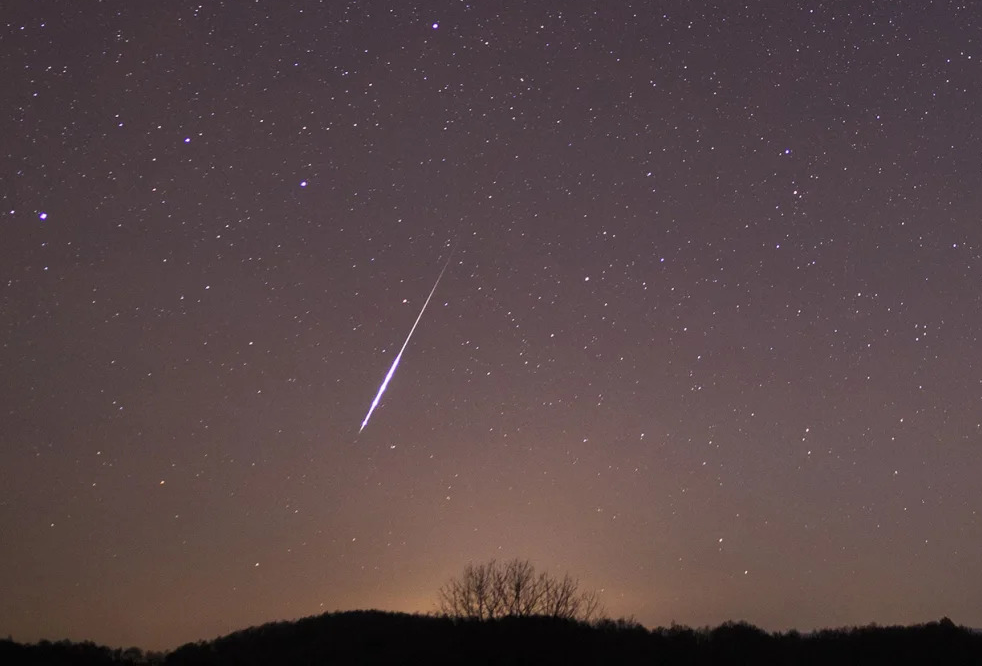Free Courses Sale ends Soon, Get It Now


Free Courses Sale ends Soon, Get It Now



Disclaimer: Copyright infringement not intended.
Context
A celestial light show will grace the night sky as the Taurid meteor shower reaches its peak.
About
What is Meteoroid, Meteor and Meteorite?
What is the significance of meteors?
About Meteors
About Comets
Conclusion
|
PRACTICE QUESTION Discuss the significance of meteors and their impact on Earth, both in terms of scientific understanding and potential hazards. How can governments and international organizations mitigate the risks associated with meteor impacts? |
© 2024 iasgyan. All right reserved